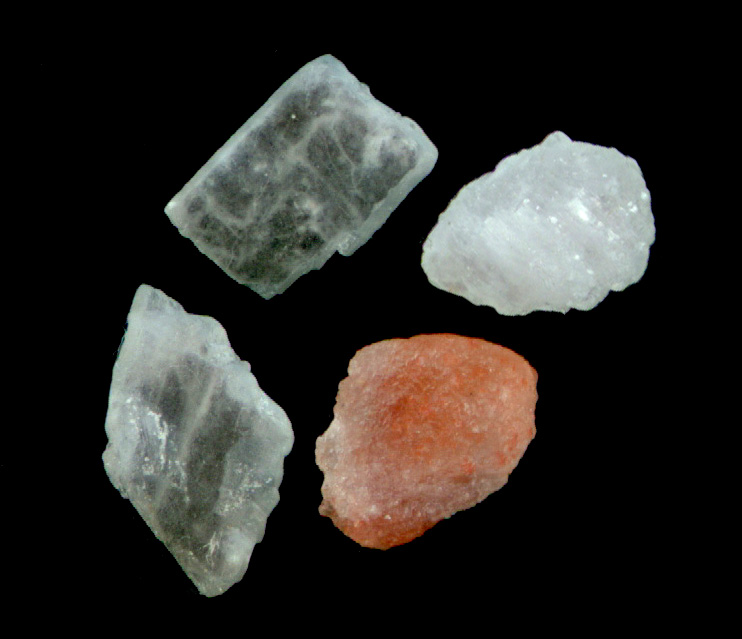Begging forgiveness of both Salt ‘N’ Pepa…
Yo, I don't think we should talk about this.
Come on, why not?
People might misunderstand
what we're tryin' to say, you know?
No, but that's a part of life.
Come on.
Let's talk about salt, baby.
Let's talk about salt!
Oh, don’t think I can’t feel some of you grimacing,
making that face that has gotten Dame Maggie several BAFTA and Oscar noms!
Salt, like coffee and fats, gets the revolving door
treatment in the news: It’s good! No, it’s bad!! Wait, we may have overreacted…
Salt is not a minion from Hell, it’s simply a mineral
composed mostly of sodium chloride (NaCl). It is produced in mines or by the
process of evaporation of seawater or spring water in shallow pools. When you go
out to eat, the reason your food tastes and smells delicious is, more often
than not, salt.
Salt is used in every cuisine as it is one of the five
(or six depending on who you ask) basic taste sensations.
It is absolutely true that nutritionists and doctors
recommend that for a balanced, healthy diet, people should curtail their intake
of salt (especially because processed foods are saturated in sodium). The
Dietary Guidelines for Americans recommends less than 2,300 milligrams a day or
1,500 milligrams for seniors and African Americans who suffer high incidences
of high blood pressure, diabetes, and chronic kidney disease.
The iodine in salt is necessary for the human body and
particularly important for expectant mothers in the development of their little
ones, so let the salt flow!
Everything in moderation! Salt is a seasoning and a
little goes a long way. There’s no need to over-season, not ever.
Table
salt
is processed, highly refined and usually fortified with iodine to compensate
for mineral loss during processing. Best used in baking because its fine
granules make for consistent measurement. This is the cheapest of salts.
Actually, the cheapest is pickling salt, and it is used
for brining. Pickling salt is processed in the same way as table salt but no
iodine is added.
Fleur
de Sel comes from coastal salt ponds in France and has a
delicate flavor and can be added to salads or as a fancy table salt.
Kosher
salt
contains no additives and is evaporated from brine in a manner approved by Orthodox
Jewish faith. A cup of Kosher salt may weigh between 5 and 8 ounces so
measuring is more challenging.
Generally, a pinch sprinkled onto foods is sufficient.
Sea
salt
is evaporated from seawater. Sea salts have stronger flavors than other salts
and come in coarse and fine grains. It also comes in a variety of colors:
black, brown, gray, and pink. Sea salt is the most expensive of salts.
Himalayan rock salts
Rock
salt consists of large, unrefined crystals that are grayish
in color. Generally used for presentation, for oysters and clams. You can also
use it to bake salt-encrusted meats. Old fashioned ice cream makers also use
rock salt to regulate the temperatures.
Then there’s seasoned salts – whether for your own use
or DIY gifts for the foodies in your life. They’re relatively easy to make, and
may contain less chemicals than processed stuff. But also, it makes for some
fancy condiments on your table!
I’ve created a Pinterest board with a collection of
fantastic recipe ideas for those of you who’d like to try your hand at
creating. The recipes range from savory, smoked, floral, curries, citrusy, and with bacon.






No comments:
Post a Comment